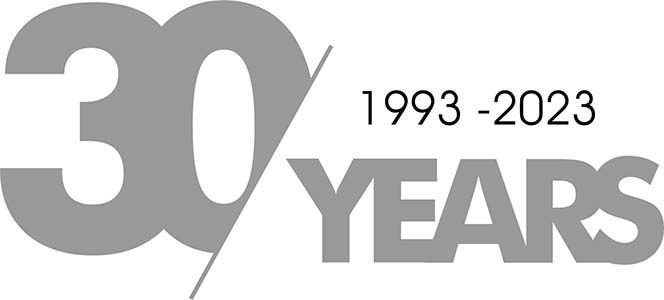HOLDING TANK PLUMBING LAYOUTS
General Notes
- When inlet or outlet hoses are plumbed overboard, below the waterline and terminating inboard below the waterline, they must be looped above the waterline to prevent siphoning.
- Be sure to use Sanitation grade hose and double clip with Stainless Steel hose clips.
- Hose connections should be fitted into the top of the tank if possible. Outlet fittings having dip pipes to the tank base.
- Breather vent plumbing should be 38mm (1 1/2″) bore mm.
- Rinse out plumbing, deck to tank, is usually 19mm (3/4″) but other plumbing must be 38mm (1 1/2″)
- The level indicator shown in all layouts is the Tek-Tanks Tankminder as this meets the minimum requirements for waste tank level indication. Other waste level indicators include the S3H Series and the Gobius 4 for waste tanks. All invasive sensors will require some degree of maintenance, however the Gobius 4 non-invasive system is our preferred choice as this reads the level from the outside and requires no maintenance and has no leak potential.
Gobius 4 is also suitable for aluminium and stainless steel holding tanks. - Raw sea water is normally used for flushing, via inlet seacock (not shown) – flushing water can alternatively be from the on-board fresh water supply. This is preferable, if practical, to avoid introducing dirty, oily or smelly flushing water to the toilet. Also, salt water often causes serious scaling problems inside plumbing. Toilets designed to pump their own flushing water must be supplied by a separate dedicated connection to the fresh tank. Ensure a siphon break is installed when drawing from a fresh water tank.
Above and Below Waterline Drawings:
The following pictures show various diagrams for tanks positioned above and below the waterline. They are purely representations of possible layouts and should be treated as guidelines only. There are many more combinations of fittings and pumps etc. but you should however find them a useful starting point. We are always on the end of the phone and would be pleased to discuss any variations you can think of!
The gravity discharge systems work well with 2” outlet hose but this is not always possible because existing seacocks are normally 1 ½”. Changing seacocks is not a desirable job so we suggest trying the system with the 1 ½” hose and accepting the fact that a pump may have to be fitted at a later date if there are problems. If your boat is out of the water and you want a gravity discharge system that works well, then changing the seacock to 2” is a must.
We have shown a manual pump on the above waterline installations but an electric pump can be used. Please remember that no pump will stop the waste totally from discharging when the tank is in use and so the seacock should be closed whilst there is waste in the tank and opened when discharging. An 1½” ball valve is also recommended so as waste does not sit in the pump and distort the valves.
1 ½” hose is shown throughout these layouts for all pipework including the vent. The anti-syphon loops shown in the layouts should be a minimum of 10” above the waterline if possible. On a sailing boat this figure applies when the boat is heeled.
If the tank or toilet is either on or below the waterline then the system should be treated as below the waterline.
All connections below the waterline should be double clipped, even those connections above the waterline would benefit from double clipping but are not essential. Try and get the clamping bands opposite each other for best results.
Sanitation hose has roughly a 200mm bend radius before collapsing, should you require a tighter bend then we can supply swept 1 ½” Elbows to get around those tight corners.
Deck pump out fittings should be positioned above the discharge pipe for ease of rodding through from the deck pump out fitting. Our diagrams do not show this because it would have made the renderings unclear.
Animations of each layout can be viewed by clicking the images.




















